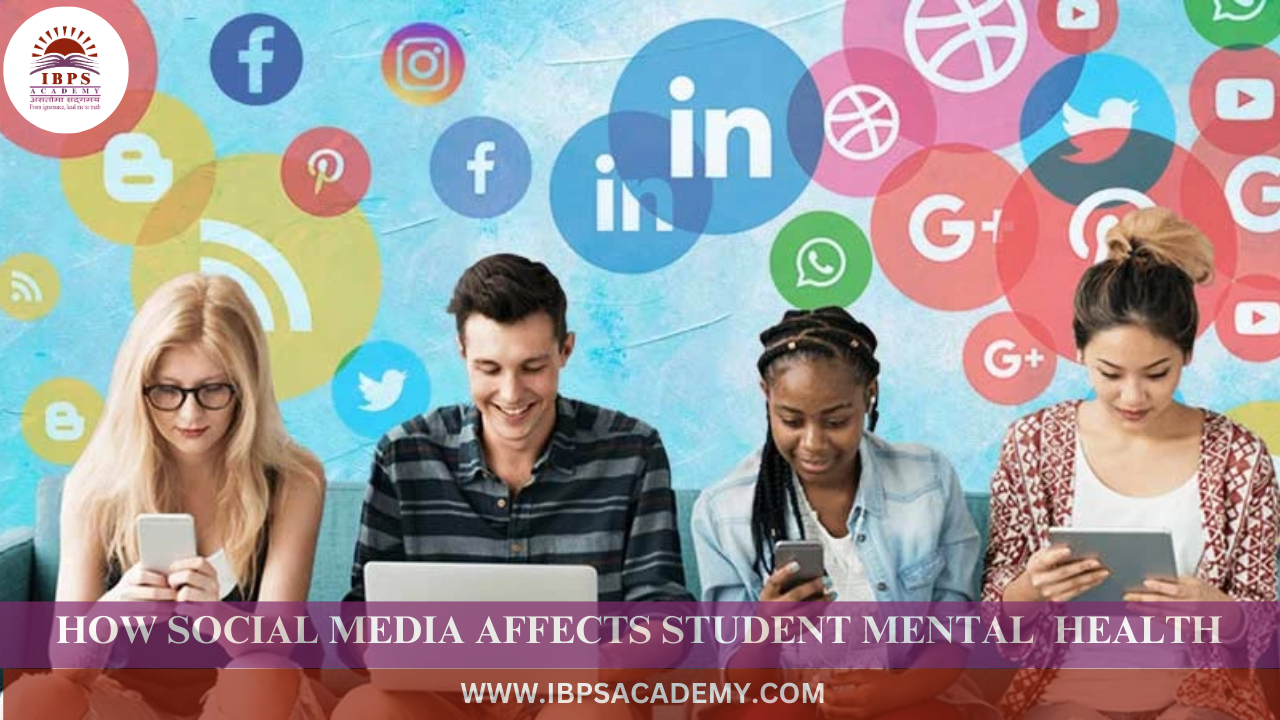

The relationship between social media and student mental health is complex and multi-dimensional, as it can vary depending on individual experiences, the type of content consumed, and the level of engagement with social platforms.Here’s a deeper dive into some key aspects:
One of the most significant negative effects of social media on students is the impact it can have on self-esteem and body image. Social media platforms often emphasize physical appearance, and with features like filters, editing apps, and heavily curated posts, it’s easy for students to develop unrealistic beauty standards. Studies have shown that frequent exposure to "ideal" body types on platforms like Instagram can lead to body dissatisfaction, poor self-image, and even disordered eating behaviors. This issue is especially pronounced among young women but can also affect young men, particularly in the context of muscularity and masculinity standards.
There is increasing evidence that heavy social media use can contribute to mental health disorders, including anxiety, depression, and loneliness. Constant scrolling through posts and updates can trigger a sense of "social overload," where students feel the pressure to stay updated and be part of conversations, events, and trends. The fear of missing out (FOMO) can exacerbate feelings of anxiety and depression. For students who already struggle with these mental health issues, the constant comparison to others' highlight reels can feel overwhelming and isolating.
While social media can be a source of stress, it can also be a source of empowerment and community for students. Platforms like Twitter, Reddit, and Facebook host groups where students can connect with others who share their interests, struggles, or identities. For students who may feel isolated or disconnected in their offline environments, social media can provide a sense of belonging. Communities dedicated to mental health awareness, LGBTQ+ groups, or support for students dealing with academic stress or life transitions can offer valuable resources, advice, and peer support.
In particular, social media has become a space for many young people to find solidarity and voice in the face of social justice issues, such as climate change, racial equality, and gender rights. This sense of purpose and connection can foster positive mental health outcomes and promote activism and social change.
Excessive time spent on social media can interfere with academic performance. Students may find themselves distracted by notifications, struggling to concentrate on their studies, or engaging in late-night scrolling, which can disrupt sleep. This distraction, combined with poor sleep quality, can lead to cognitive fatigue and difficulty focusing on schoolwork. There’s also the pressure to maintain a social media presence, which can add stress, further detracting from academic achievement.
Additionally, social media can create a false sense of urgency or pressure to succeed. The constant flow of updates and news may make students feel like they need to keep up with their peers, pushing them to overcommit to academic or extracurricular activities in a competitive way that may lead to burnout.
Cyberbullying is a growing concern, particularly on platforms like Snapchat, Instagram, and TikTok. Students can face bullying in the form of hurtful comments, exclusion, or the spread of rumors, and this can have a lasting impact on their emotional well-being. Unlike traditional bullying, online harassment can happen at any time and reach a wider audience, often causing greater distress. For students experiencing cyberbullying, it can be difficult to escape the emotional toll since social media is so integrated into daily life.
On a more positive note, social media has played a significant role in raising awareness about mental health issues and reducing stigma. Influencers, activists, and mental health professionals have used social media platforms to share information, resources, and personal stories about mental illness. This has encouraged many students to seek help, talk openly about their struggles, and participate in movements aimed at improving mental health care.
Hashtags like #BellLetsTalk and #MentalHealthMatters have helped normalize conversations about mental well-being. Social media platforms also allow students to access support resources, connect with therapists or counselors, and find self-help tips. The increased visibility of mental health topics on social media helps shift societal attitudes, making it easier for students to talk about their experiences and seek the support they need.
Influencer culture, which has become dominant on platforms like Instagram, YouTube, and TikTok, can exacerbate issues related to mental health. Influencers often portray a lifestyle that seems unattainable to many students, and the constant exposure to these lifestyles can lead to unrealistic expectations and pressure to live up to these standards. The "perfect" images, heavily curated content, and constant promotion of luxury or idealized lifestyles can make students feel like they aren't measuring up, especially if they experience economic or personal difficulties.
On the other hand, some influencers are using their platforms to promote body positivity, mental health awareness, and authenticity, which can be empowering for students. The key is finding content that fosters self-acceptance and aligns with healthy values, rather than striving for perfection.
To mitigate the negative effects of social media on mental health, students can adopt healthier social media habits:
Social media can have both positive and negative effects on student mental health. While it can provide a platform for social connection, learning, and support, it also introduces several challenges that can negatively impact mental well-being.
In summary, social media is a double-edged sword for students. While it offers the potential for connection, learning, and personal growth, it also poses risks to mental health, including increased anxiety, depression, and pressure to conform to unrealistic standards. By encouraging mindful usage and promoting mental health literacy, students can navigate the digital landscape in ways that are positive and empowering, rather than harmful. It’s important to foster a healthy relationship with social media that supports well-being, both online and offline.
